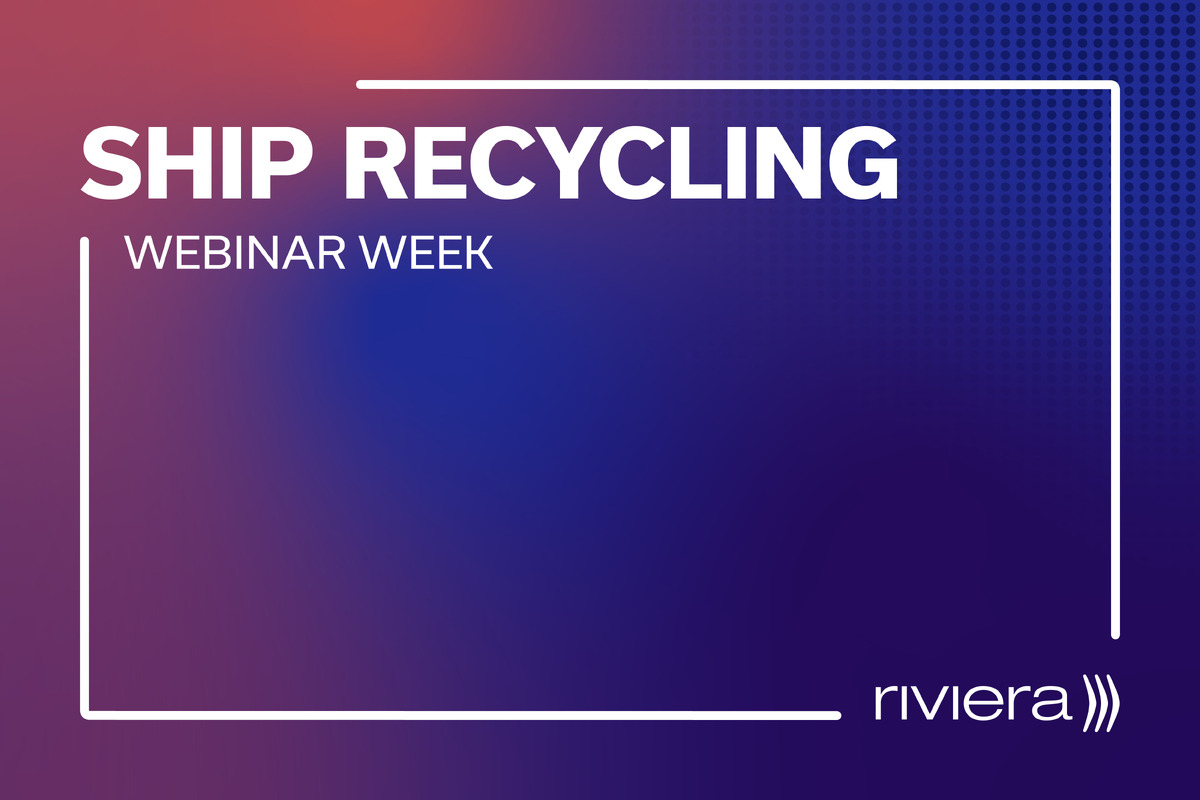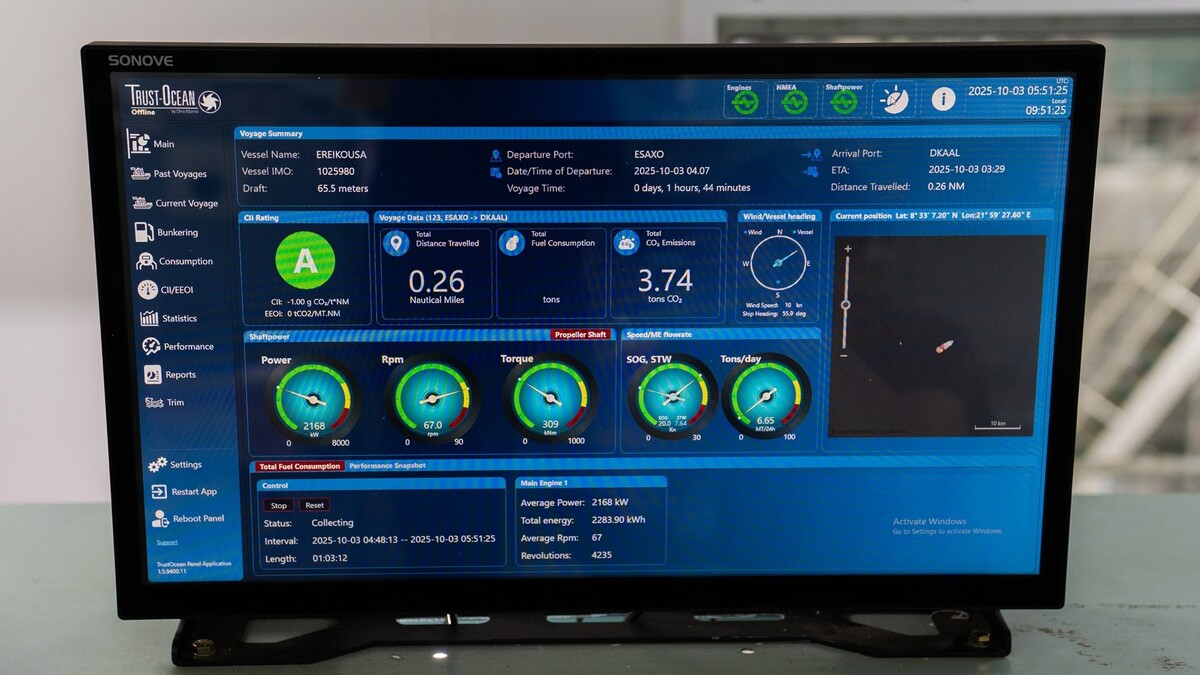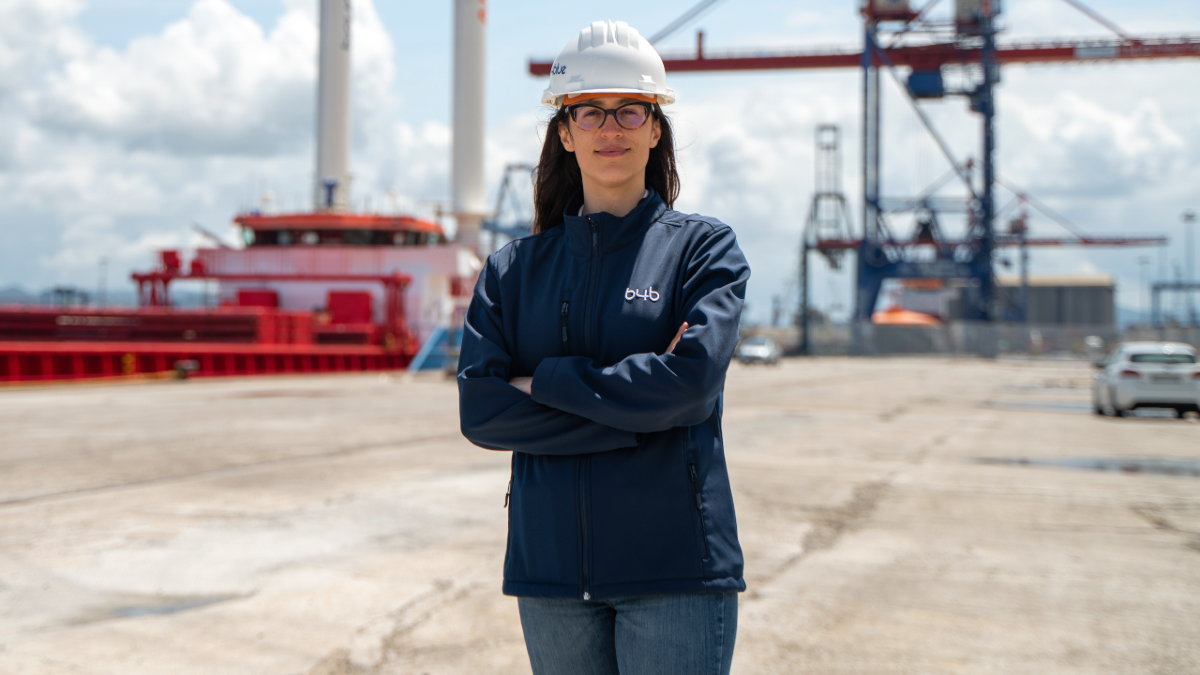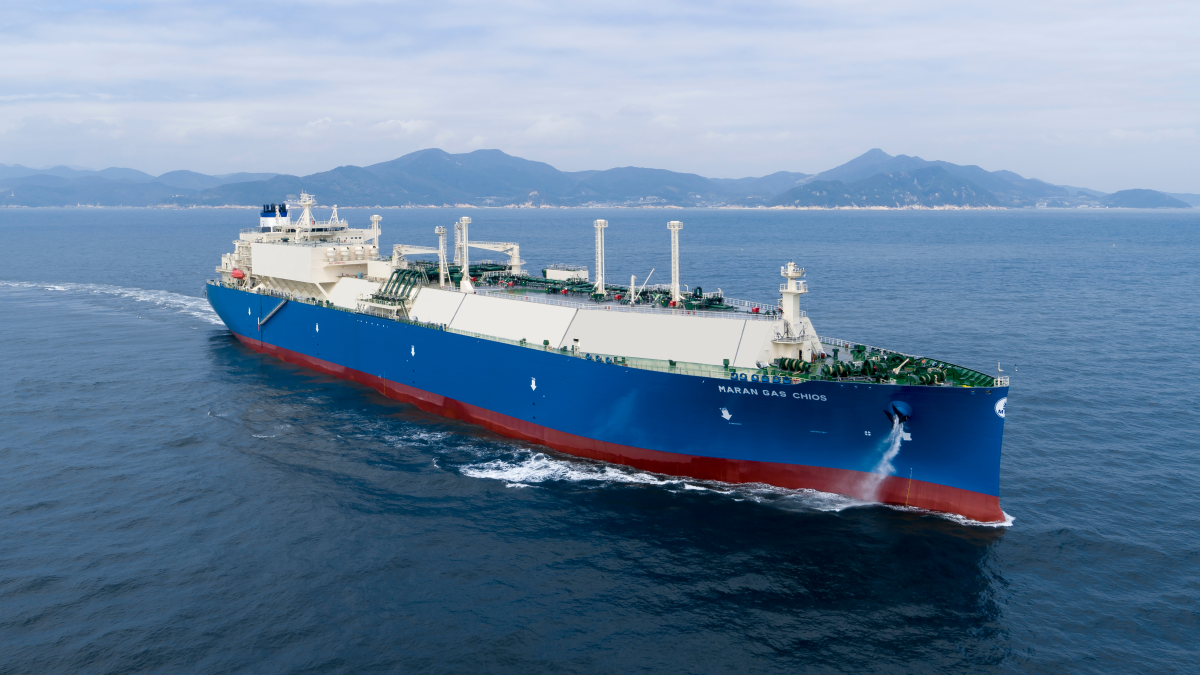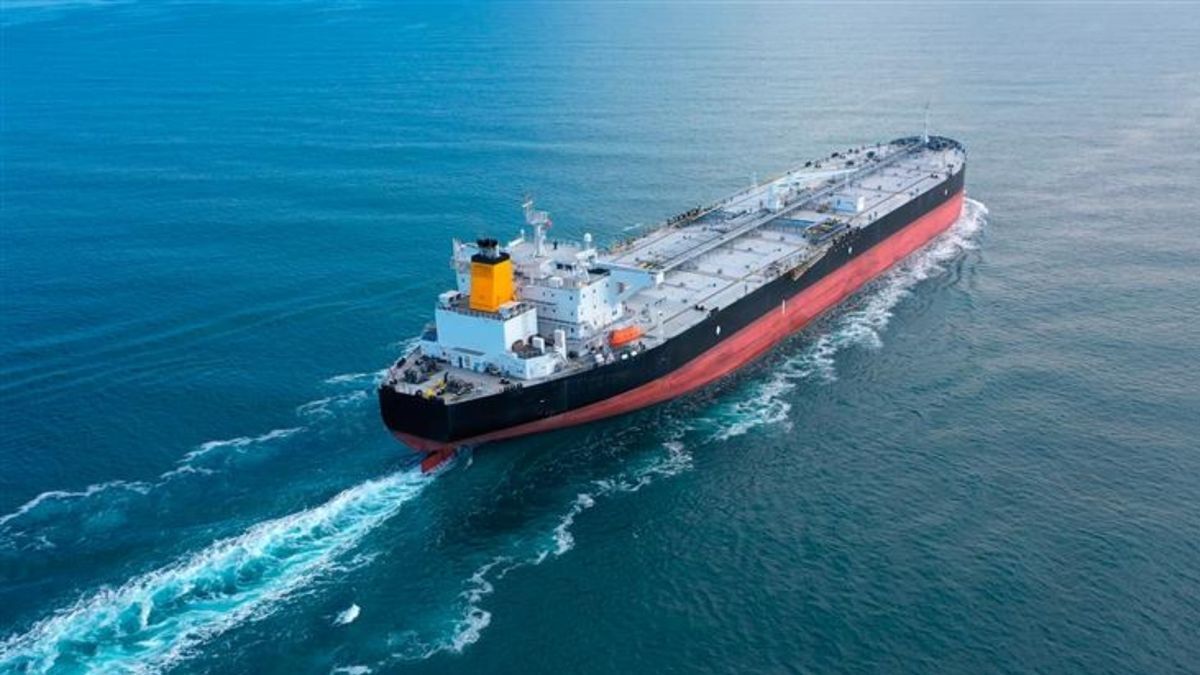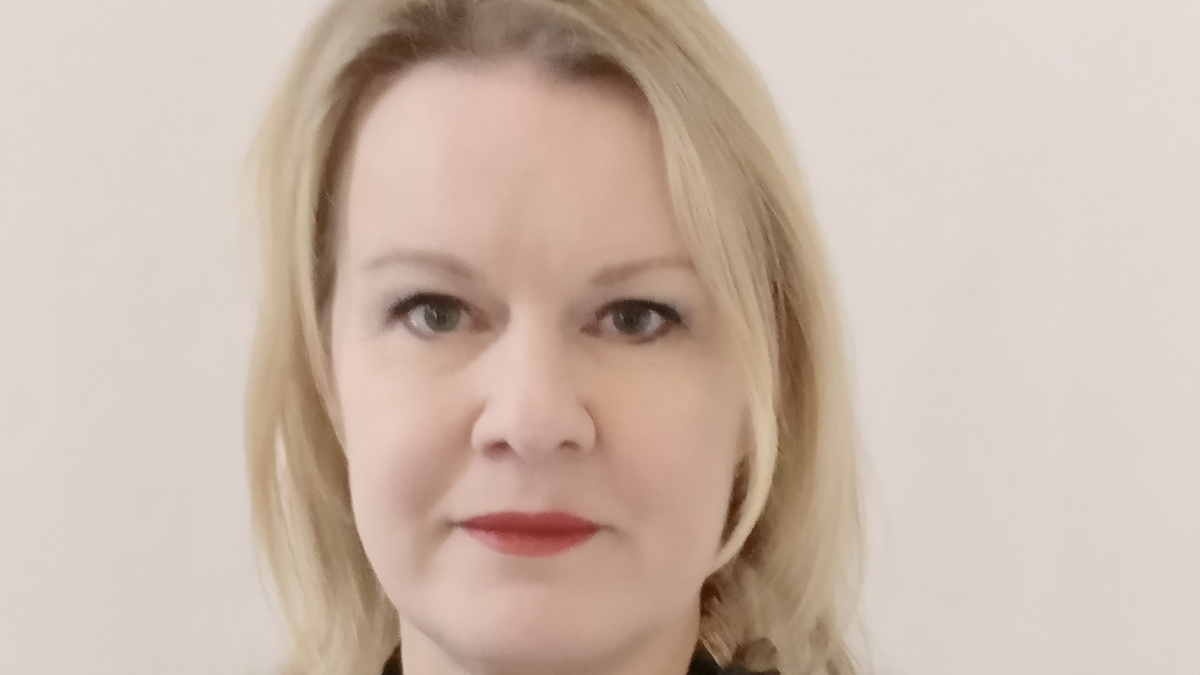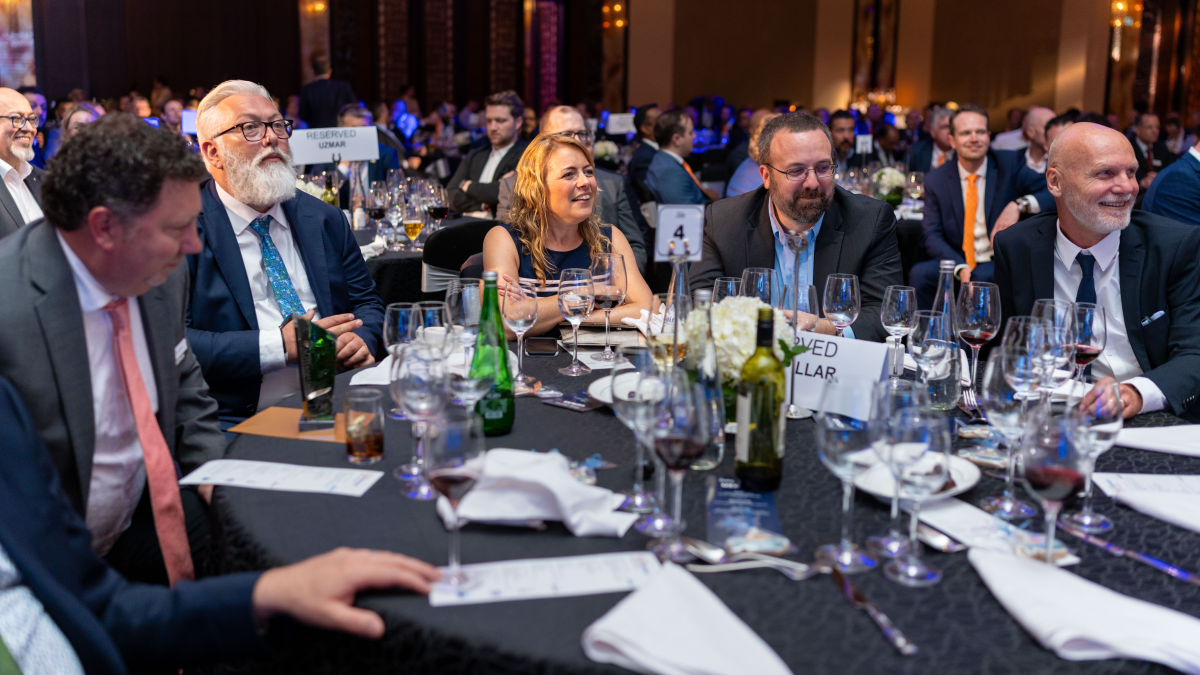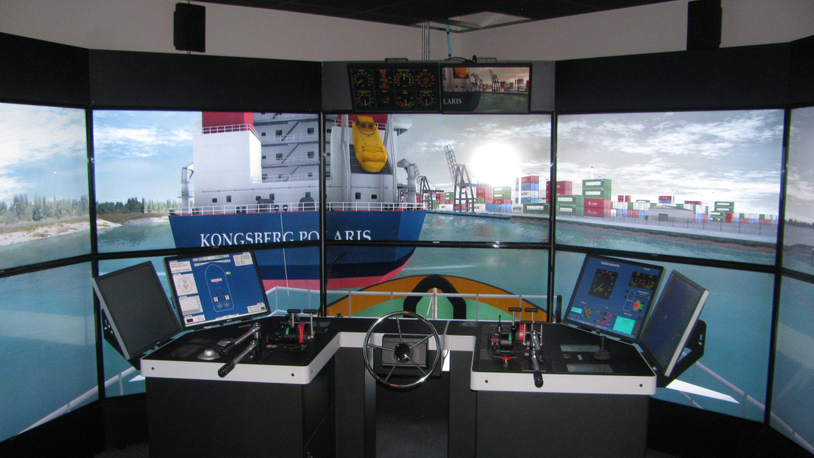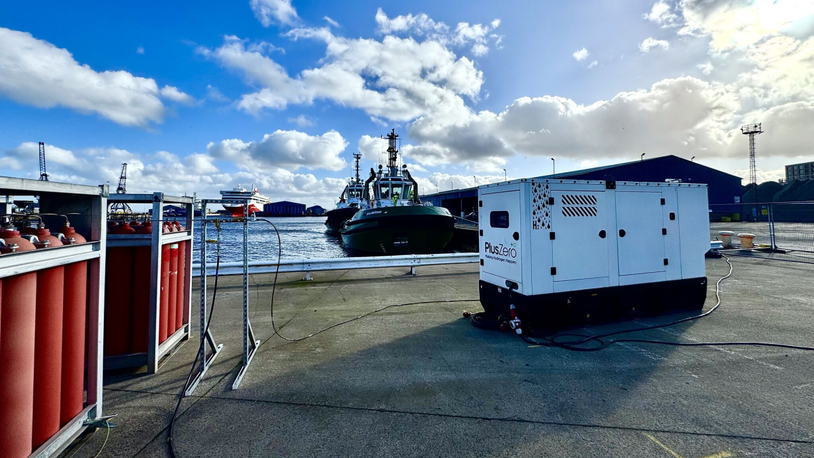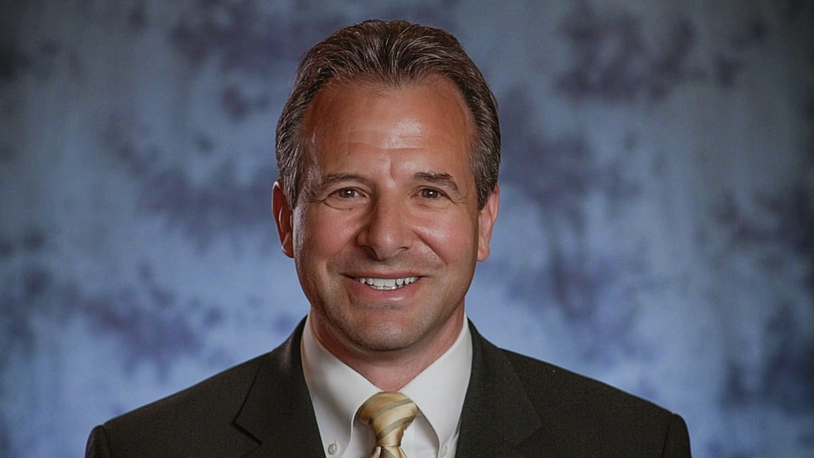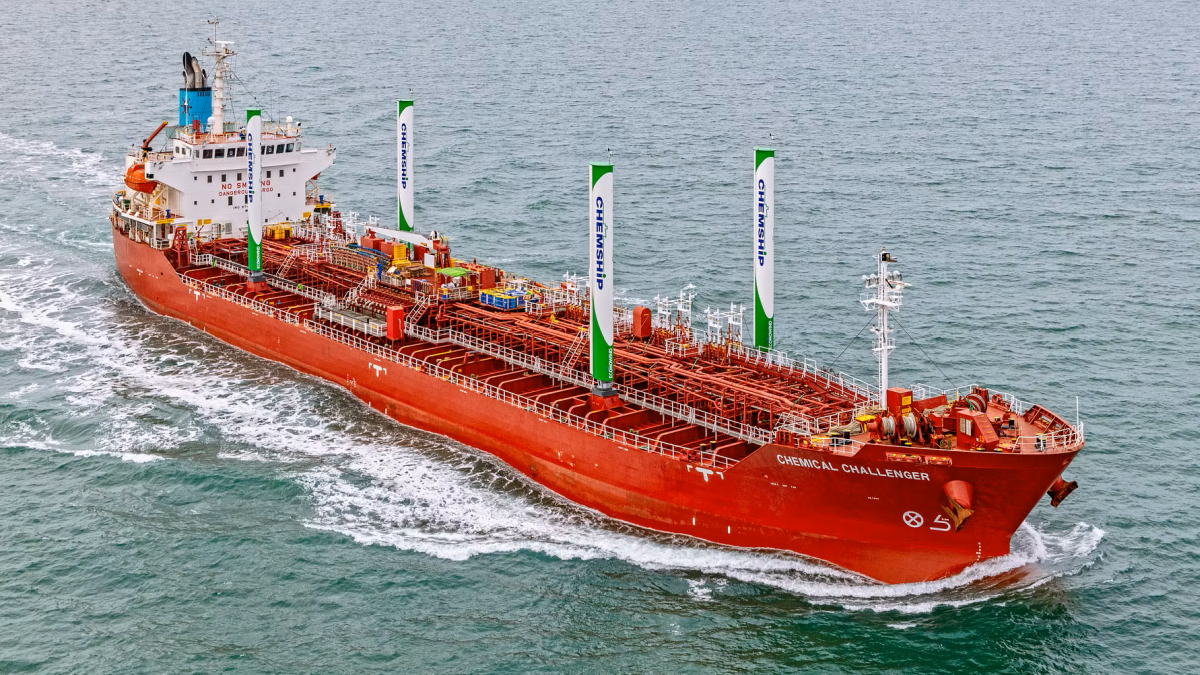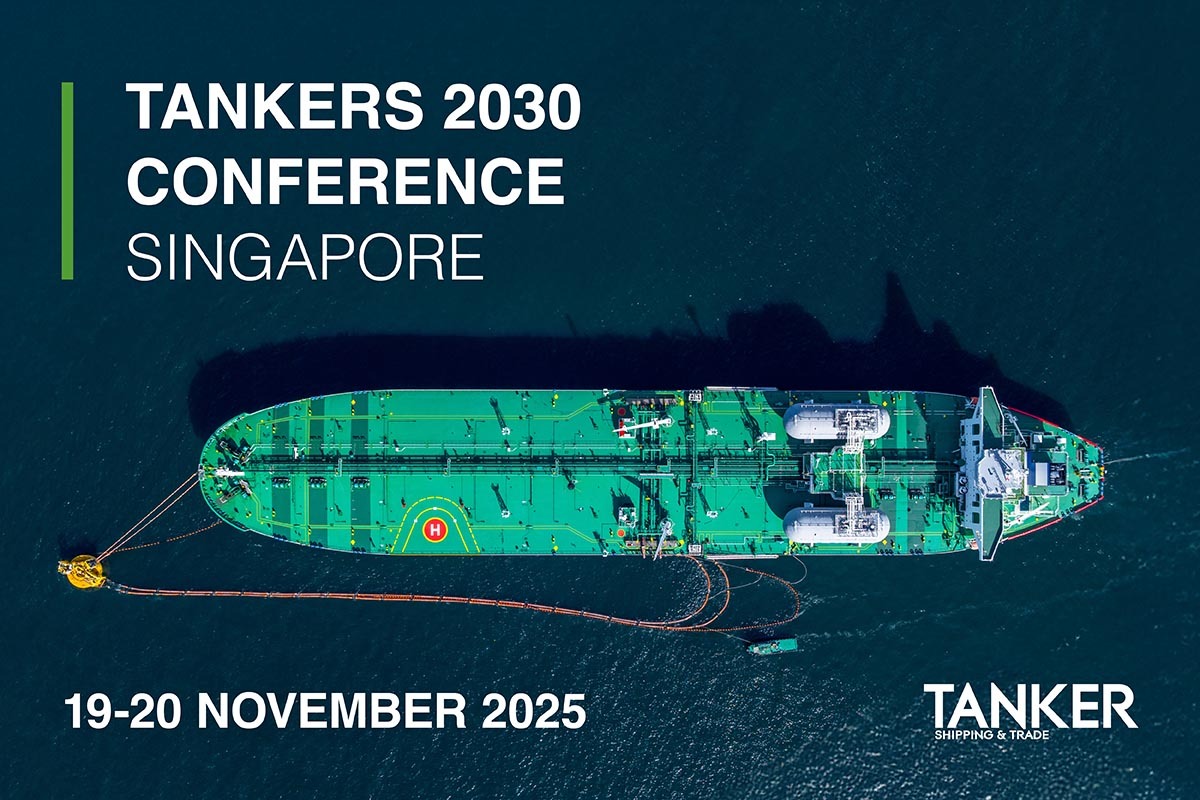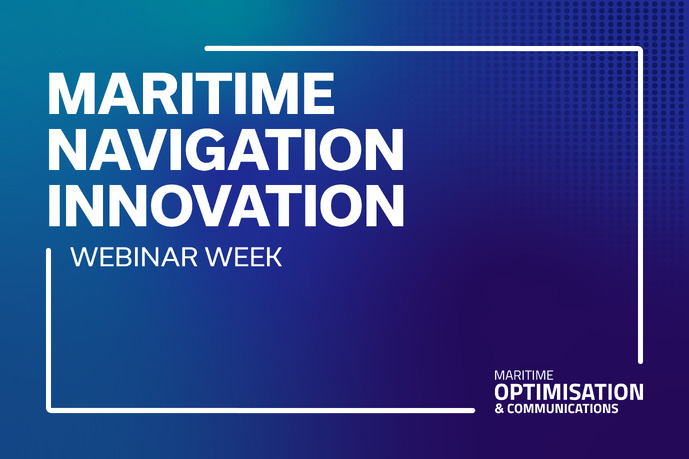Business Sectors
Events
Ship Recycling Webinar Week
Contents
Register to read more articles.
Women in Maritime Today: bound4blue’s Cristina Aleixendri harnesses the wind
An aerospace engineer and cofounder of bound4blue, Ms Aleixendri oversees the company’s strategic direction as deputy chief executive, steering the WAP developer towards success
When Spanish aerospace engineer Cristina Aleixendri cofounded a small start-up with the unusual name of bound4blue in 2014 to sell wind propulsion to the shipping industry, the prospects weren’t exactly promising.
It was more than half a century since the last of the cargo-carrying sailing ships were retired and decades since French oceanographer Jacques Cousteau invented the suction sail. While the concept of the suction sail was ahead of its time, it laid the groundwork for what bound4blue is making a reality today.
Also, as Ms Aleixendri tells us, international shipowners were far from sure they needed wind power. But in her role as deputy chief executive of bound4blue, Ms Aleixendri has steadily overcome that initial scepticism. “Looking back, I’d say one of the biggest milestones was closing our first major agreements with international shipowners at a time when wind propulsion was still considered ‘nice to have’ rather than a solution for today”, she explains. “It helped shift the perception of the technology from prototype to real, scaleable impact and it set us on the path to become a reference in the sector.”
It’s a measure of how far bound4blue and wind propulsion has come that in late February, three of the Barcelona-based company’s 22-m tall eSAILs were installed on Pacific Sentinel, a tanker owned by Eastern Pacific Shipping, at the Besiktas Shipyard in Turkey. “It’s not every day you get to install the largest suction sails ever on a tanker,” comments Ms Aleixendri, “but today we did.”
Orderbook filling up
Meantime, bound4blue’s global orderbook is filling up. “We don’t see the wind as a thing of the past – it’s the future, and every installation proves that”, she predicts. Since the first installation in 2021 on a Panamanian fishing vessel, the group has installed suction sails on seven vessels, with over 50 eSAILs on order across 11 ships. And far from being reluctant to embrace wind propulsion, shipping companies are queuing up. Today, bound4blue’s clients include Eastern Pacific Shipping, Maersk Tankers, Marubeni, Klaveness, Odfjell and Louis Dreyfus. “Bringing bound4blue to this point has been no small feat, but the real challenge now is to keep scaling up”, she says. “We need to grow our team, expand our offering, strengthen partnerships, and increase production.”
Ms Aleixendri sits right in the middle of bound4blue’s ambitions. “As deputy chief executive I oversee the company’s strategic direction and help steer its growth across key areas like business development, communications, and partnerships”, she says. “I work closely with the rest of the leadership team to ensure we stay aligned with our mission to scale wind propulsion globally. My role also involves representing bound4blue in industry forums and regulatory discussions, building relationships with stakeholders, and ensuring wind propulsion has a strong voice in the maritime decarbonisation agenda.”
But how did she end up in the shipping industry? Was it by accident, through a particular passion or sense of mission? “A bit of all three, maybe”, Ms Aleixendri explains. “My background is in aerospace engineering, so the step into maritime wasn’t the most obvious one. But I’ve always been passionate about using technology to solve real-world problems.”
“When I came across the opportunity to cofound bound4blue [with two others], it felt like the perfect mix of technical challenge and mission-driven purpose. The environmental impact of shipping is massive and wind is a free, abundant energy source we were simply not using. That clicked for me.”
It also helped she has studied business and innovation, and the combination with aerospace engineering works well. “It allows me to move between technical and business discussions quite naturally”, she says.
Her main mission, as she puts it, centres around a central question, “What if the wind could steer an entire industry in a new direction? I may be an aeronautical engineer but for years now my eyes have been set on the sea. I cofounded bound4blue with a clear purpose: to help maritime transport cut emissions, save fuel, and sail toward a more sustainable future. But how? With a technology that may seem simple – and actually is – but is shaking up the industry: suction sails.”
She ticks off their virtues, “They don’t require constant rotation and don’t compromise visibility or vessel stability. Just compact, high-lift devices that generate thrust efficiently across the majority of wind directions. I don’t just believe that technology can transform industries. I see it happening every day.”
It’s been quite a journey for the 33 year-old. “Along the way, I’ve participated in over 15 national and EU-funded projects, invented over 11 patents in wind-assisted propulsion and its applications (including hydrogen production), and had the chance to share this vision at events like the United Nations COP24 and the European Parliament.”
While acknowledging the recognition bound4blue has gained over the last few years, there’s a much bigger goal, “What truly matters is this: more and more shipowners and operators are reaching out with one key question: How can we turn the wind into our ally?”
Although the orders keep rolling in as the benefits of sail power become more obvious – and as the technology improves, Ms Aleixendri says this is just the start, “As much as we’d love to say the job is done, the reality is this is just the beginning. With ambition, but always with humility, because we know real change takes time and collaboration – it’s built step by step, sail by sail, installation by installation. Transforming an industry doesn’t happen overnight. It happens through milestones like the installation on Pacific Sentinel.”
Asked how far wind propulsion can go, bound4blue’s cofounder is in no doubt it’s here to stay, citing a variety of reasons with the main being that it’s already here. “I think wind propulsion – especially suction sails – will play a key role in making shipping more sustainable. As fuel prices rise and regulations tighten, energy efficiency will become non-negotiable – and wind offers efficiency gains without waiting for future fuels to scale”, she summarises. “I hope we move towards a fuel-agnostic mindset, where we prioritise the reduction of energy needs first, and wind is front and centre in that shift. Definitely, I believe wind-assisted propulsion can become mainstream for a significant share of the global fleet.”
Sign up for Riviera’s series of technical and operational webinars and conferences:
- Register to attend by visiting our events page.
- Watch recordings from all of our webinars in the webinar library.
Related to this Story
Chemship advances fleet optimisation with new contract
Events
Ship Recycling Webinar Week
International Bulk Shipping Conference 2025
Tankers 2030 Conference
Maritime Navigation Innovation Webinar Week
© 2024 Riviera Maritime Media Ltd.
